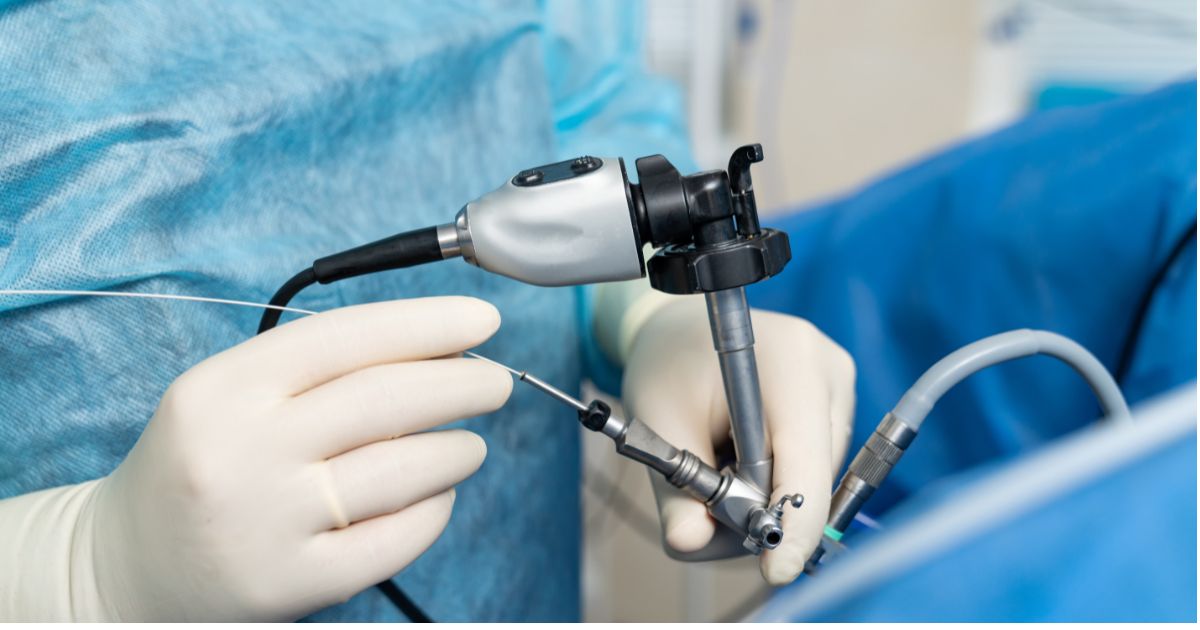
Used frequently in laparoscopic uterine fibroid removal and other hysterectomy procedures, a power morcellator is a surgical instrument used in minimally-invasive surgeries. The use of a power morcellator offers less loss of blood and a quicker recovery time for many patients. However, the U.S. Food and Drug Administration (FDA) warned against the use of power morcellators in treatment of uterine fibroids both in 2014 and 2017.
The FDA has found that power morcellators may increase the spread of undetected cancer cells inside the uterus throughout other parts of the body. Using tiny, rotating blades that cut tissue into smaller pieces then suctioned out of the body via a small incision, the power morcellator may cut undetected cancer cells in the tissue, causing microscopic cancer cells to spread into the abdominal cavity. Here, the cancer cells can grow at a much more rapid rate.
A power morcellator makes minimally-invasive incisions to remove uterine fibroids, which are very common for women under the age of 50 years old. While the fibroids are not deadly, they do cause discomfort, heavy bleeding, severe pain, and can adversely impact a woman’s quality of life. When a woman experiences this, a hysterectomy or other similar procedures requiring the use of a power morcellator may be recommended by their doctor.
Although the uterine fibroids being removed are common and are typically noncancerous, the actions of the power morcellator may cut tissue that are cancerous, which then spread throughout the body. This cancer may be in stage 1 at first, but because of the use of the power morcellator, can quickly become stage 4. Furthermore, the power morcellator can also spread noncancerous cells than can then develop into malignant tumors.
There are approximately 600,000 hysterectomies performed every year in the U.S. Before the FDA’s warning in 2014, power morcellators were used in about 60,000 hysterectomies and myomectomies each year. In 2017, the FDA reaffirmed their findings in 2014 and their guidance for laparoscopic power morcellators, however, did not recommend banning its use.
The FDA estimates that one in every 350 women who undergo a procedure involving a power morcellator can develop certain cancers, such as:
If you have had a surgery involving the use of a power morcellator, you may be entitled to compensation if you have been harmed. Contact one of our Philadelphia medical products liability lawyers at Brookman, Rosenberg, Brown & Sandler. Call us at 215-569-4000 or fill out our online form for a free consultation. Located in Philadelphia, we proudly serve clients in New Jersey and Pennsylvania, including Delaware County, Chester County, and Philadelphia County.